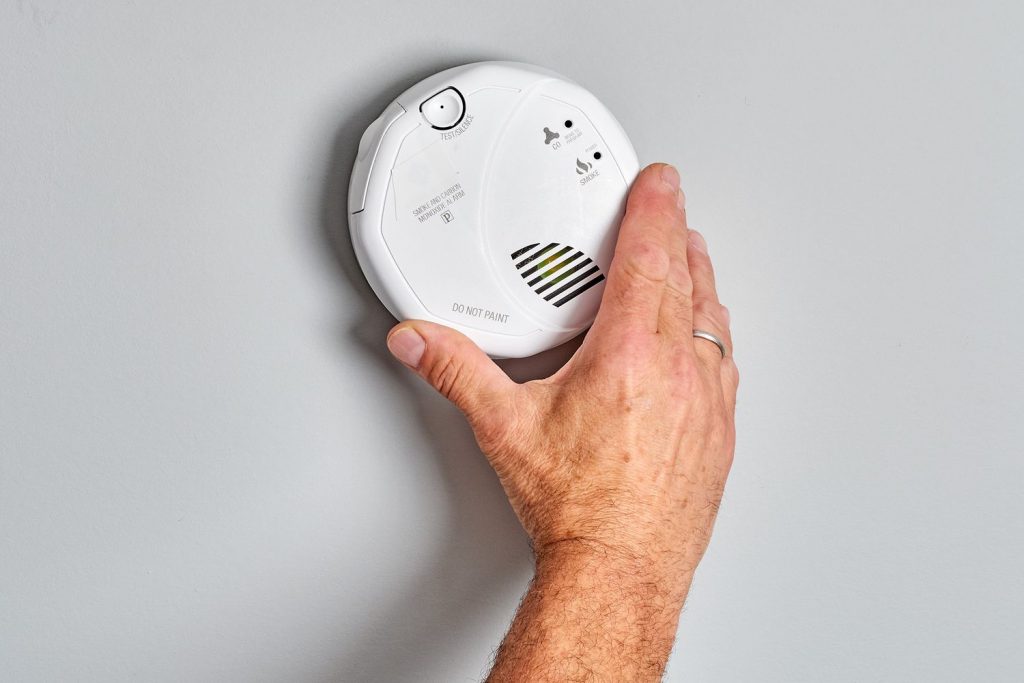
Fire incidents are mishaps that happen unintentionally. The incident usually happened in the summer season due to the heat and other reasons that cause fire, which is dangerous and damageable. Fire can damage assets or possessions, and the worst can cause death. But, you can avoid this unwanted incident with the advancement of a smoke detector, a device that senses smoke as an indicator of fire.
How does the device work?
The smoke detector works by detecting light that reflects off particles from the light beam in the sensing chamber. Once no particles are present in the sensing chamber, the beam light doesn’t strike the light detector. The device works by detecting fires to sense smoke or small particles in the air. Once those particles are detected, they signal the alarm to sound to warn you and the whole family to be safe and call 911.
Smoke alarms can save lives. The National Fire Protection Association says that having working smoke alarms at home cuts the risk of dying in a fire incident. Since smoker alarms can detect particles in the air, it uses two types of detection:

- Ionization detectors
- Photoelectric
Ionization detectors
An ionization detector uses a small safely shielded radioactive material. It electrically charges or ionizes the air molecules of two metal plates. It can produce a small electric current that flows from one plate to the other. Once the particles enter the chamber, it attracts the ions and brings them away to reduce the current.
When the particles enter the chamber, enough to reduce the current below an amount, the ionization device registers the particles as smoke, and the alarm will start to sound. The radiation is blocked in the device, and the levels of radiation are much lower than the natural background radiation.
Photoelectric
Photoelectric is the other detection technology type that works by detecting light reflected off particles from the light beam in the sensing chamber. When particles are present and the amount of light is registered by the light detector, it reaches the threshold level, then the alarm sounds.
Both detectors detect either fast-burning fires or slow-burning smoldering fires. But each technology has particular strengths. The ionization-based alarms can detect small black soot particles quickly, particularly from flaming fires because it produces greater numbers of current between the plates. While the photoelectric detector is more sensitive to particles that are large and white or light-colored, and more reflective, such as those emitted by slow-burning fires.
The NFPA instructs that people who have both ionization and photoelectric units in their homes provide dual-sensor alarms. So, if you want to keep safe from possible fire and prevent fire incidents to take lives, it is necessary to have smoke detectors at home.







